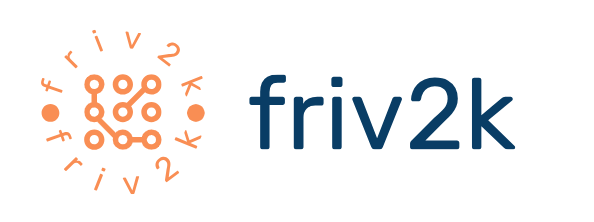Ransomware attacks have become one of the most pressing cybersecurity threats today, targeting individuals, businesses, and even government agencies. When ransomware encrypts your files and demands payment to restore access, it can lead to major financial losses and data breaches. Identifying ransomware early is essential for preventing serious damage, and there are now online tools available that can help you detect ransomware for free. This guide will help you understand how these tools work, what to expect, and how to stay one step ahead of ransomware threats.
What is Ransomware and How Does it Work?
Ransomware is a type of malware that infiltrates devices and encrypts files or locks the user out of their systems. It typically spreads through phishing emails, infected links, or malicious software downloads. Once activated, it locks important files or systems, displaying a ransom note that demands payment for a decryption key. Payment is usually requested in cryptocurrency to maintain anonymity for the cybercriminals.
With the rise in ransomware attacks, there is a growing need for free online tools that help individuals and businesses detect if their systems have been compromised.
How to Identify Ransomware for Free Online
Detecting ransomware early is critical, and several online tools offer free identification services. These tools typically allow users to upload encrypted files or ransom notes, analyze them, and provide information on the type of ransomware involved. Here’s how they generally work:
- Upload Encrypted Files or Ransom Notes
Free ransomware identification tools generally start by asking users to upload an encrypted file or the ransom note left by the attackers. This allows the tool to match the sample against a database of known ransomware variants. - Automated Analysis
Once the sample is uploaded, the tool uses a variety of algorithms and malware databases to detect the ransomware strain. Many of these tools have been developed by cybersecurity organizations and leverage vast collections of ransomware signatures. - Receive Results and Recommended Actions
If the tool identifies the ransomware variant, it will provide information about the type of ransomware and, in some cases, suggest decryption solutions if they’re available. Some tools even offer additional guidance on removing the ransomware if it can’t be decrypted, helping users take further steps to protect their systems.
Popular Tools for Identifying Ransomware
Many tools available online can help you identify ransomware for free. Here are a few popular ones to consider:
- No More Ransom
This initiative by cybersecurity firms and law enforcement agencies provides tools for identifying and decrypting ransomware. Users can upload encrypted files or ransom notes to identify the ransomware and potentially decrypt the files using available solutions. - ID Ransomware
This free tool allows users to upload ransom notes or encrypted files. ID Ransomware scans its extensive database to identify the type of ransomware and offers information on potential decryption tools if they’re available. - VirusTotal
VirusTotal is a free online service where users can upload files and URLs for malware analysis. It won’t always detect the exact ransomware type, but it can help identify malware behaviors and offer general guidance on dealing with the threat.
Pros and Cons of Using Free Ransomware Identification Tools
Advantages
- Cost-Effective: These tools are free, making them accessible for anyone facing a ransomware attack, even if they can’t afford costly cybersecurity solutions.
- Quick Analysis: Most tools offer rapid analysis, allowing users to receive results within minutes and act quickly to prevent further damage.
- Access to Decryption Solutions: Some ransomware tools provide free decryption keys, saving users from paying ransoms.
Limitations
- Limited Database: Free tools may not have the latest ransomware signatures in their database, especially with the frequent emergence of new ransomware strains.
- No Guarantee of Decryption: Identifying ransomware does not guarantee that a decryption tool will be available.
- Privacy Concerns: Uploading files to online platforms can raise concerns over data privacy, especially for sensitive or personal files.
Additional Tips for Protecting Against Ransomware
Using online tools to identify ransomware can be useful, but prevention is the best approach. Here are some tips to help protect against ransomware:
- Regular Backups: Backing up your data is essential to minimize the impact of ransomware attacks. Use offline and cloud backups to ensure copies of your data are accessible.
- Install Anti-Ransomware Software: Many cybersecurity solutions offer anti-ransomware protection. Keeping your software up-to-date can help prevent ransomware attacks.
- Educate Yourself and Your Team: Ransomware commonly spreads through phishing emails and malicious attachments. Training yourself and your team on safe internet practices can reduce the chances of ransomware infection.
Conclusion
Identifying ransomware for free online can be a critical first step when dealing with a ransomware attack. Free online tools like No More Ransom, ID Ransomware, and VirusTotal provide valuable resources to help detect ransomware and, in some cases, access decryption tools. However, these tools aren’t foolproof and may not always offer a solution for the latest ransomware strains. By combining these identification tools with proactive cybersecurity practices, you can reduce the risks associated with ransomware and protect your valuable data.

